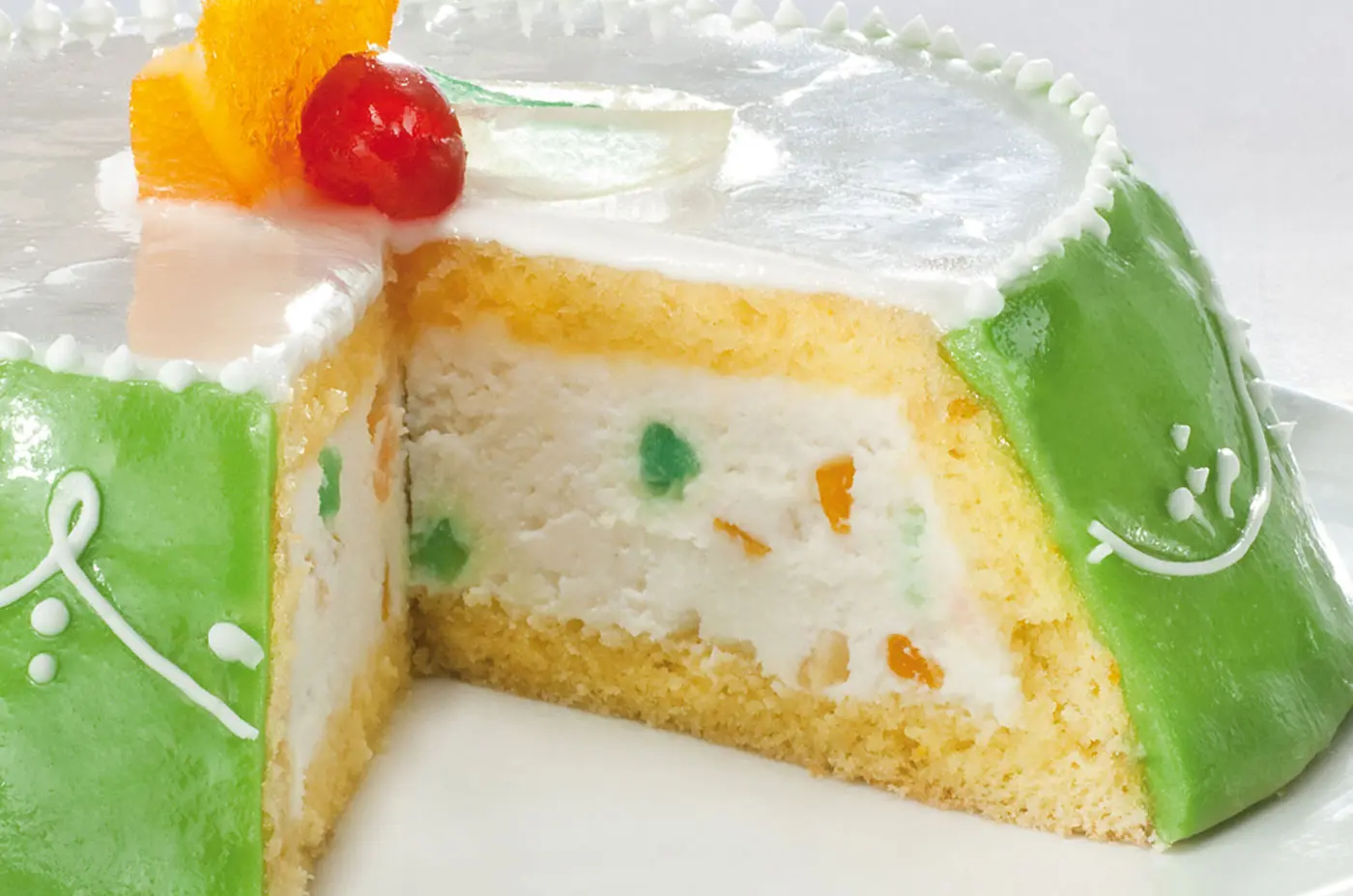Sicily lies at the very bottom of Italy. It is separated from the Italian mainland by the Strait of Messina. Sicily is not a separate country – it is a region of Italy.
Like so many other regions of Italy, Sicily has a unique food culture. Many different civilisations have inhabited Sicily. This is reflected in the region’s cuisine.
Sweet treats are an essential part of daily life in Italy. Both slices of cake and smaller sweet offerings are often enjoyed with coffee or a glass of something sparkling. If you are visiting Sicily, there is one cake you must try – Cassata Siciliana.
A Slice of Cake from the Mediterranean
Although you can find Cassata Siciliana in other parts of Italy, it is only in Sicily you can find the authentic version. At least, that is what the Sicilians would have you believe.
Fortunately, you don’t have to go all the way to Sicily to enjoy a slice of Cassata Siciliana. Simply come and see us, or order a cake, and you can enjoy your own slice of Sicily.
What Makes Cassata Siciliana Special?
Outside of Italy, Cassata Siciliana is not especially well-known. In Italy, it ranks high along with Tiramisu and Millefoglie.
Cassata Siciliana is a very rich cake. If you crave a serious sweet treat, this is the cake for you. And it is a very colourful cake. Once you have seen it, you will never forget it.
Cassata Siciliana starts with a layer of sponge which has been soaked in liquor. Then comes ricotta cream with chocolate chips, candied fruits and marzipan.
In many ways, you can say that it is a celebration of everything Sicilian culture has to offer. It is rich and textured just like the landscape of Sicily.
The History of Cassata Siciliana
The cake gets its name from an Arabic word meaning bowl. It is thought the Moors who ruled Sicily for 250 years called the cake quas’at. Over time, the Sicilians changed the pronunciation of the Arabic word and it became Cassata.
A similar cake is made in Arabic countries today. It is made in an oval or circular-shaped container. It is probably from this shaped container the cake got its name.
Cassata Siciliana has been eaten in Sicily since the early part of the 9th century.
The original version was very different from the cake we know today. Fresh goat’s milk and honey were whisked, poured into a dish and baked in an oven.
When the Moors eventually left Sicily in the 11th century, and the Crusaders arrived, the cake started to change. It was the Crusaders of the Third Crusade who introduced marzipan to Sicily.
What is marzipan? Marzipan is a simple paste made out of almond flour and water. In Sicily, marzipan is occasionally made out of pistachio nuts. This intensifies the flavour of the marzipan paste.
As the Moors did not indulge in alcohol, it was probably the Crusaders who were responsible for adding the alcoholic element which is enjoyed in Cassata Siciliana today.
The first liquor used was probably calvados which is a French apple brandy. You don’t need to use liquor. Instead, you can use fruit juices such as you can find in tinned fruit.
After the Spanish discovered the Americas and started to bring back chocolate, Cassata Siciliana evolved again. Chocolate is now an essential part of the cake.
A cake very similar to Cassata Siciliana is found in parts of Spain that were occupied by the Moors. Some variations of Spanish sponge cakes have similarities with the Cassata Siciliana.
During the 17th and 18th centuries, the cake continued to evolve. Today, when you see Cassata Siciliana in Italian cake stores and patisseries, it looks like a piece of art.
The cake is often elaborately decorated with marzipan, and dried or candied fruits. It really stands out on any cake counter.
Popular fruits used for decoration include Sicilian favourites such as oranges, lemons and cherries. The herb angelica is also used on occasion to add intensity to the cake.
The Cassata Siciliana caught the eye of a pastry chef from Palermo. What we now accept as the current version of the cake was presented at an exhibition in Vienna, Austria in 1873.
Salvatory Guli, a pastry chef of Spanish descent, is recognised for his contribution to Cassata Siciliana. His recipe is still used all around the world today.
When Do Italians Eat Cassata Siciliana?
Traditionally, Cassata Siciliana is eaten on the morning of Easter Sunday, just after church. For many, it is a way of celebrating the end of Lent.
But, the cake can be found on Italian cake counters all year and is often sold by the slice.
The Final Slice
This is a cake that tastes great and looks just as good. If you are looking for a showcase cake for the centre of your table – Italian style – this is the cake for you.
Add some candles and you have a fantastic-looking birthday cake. Brunetti Oro in Melbourne has the best Italian cakes including Cassata Siciliana.









Hello!! My name is Annabella
I love to eat, travel, and eat some more! I am married to the man of my dreams and have a beautiful little girl whose smiles can brighten anyone’s day!